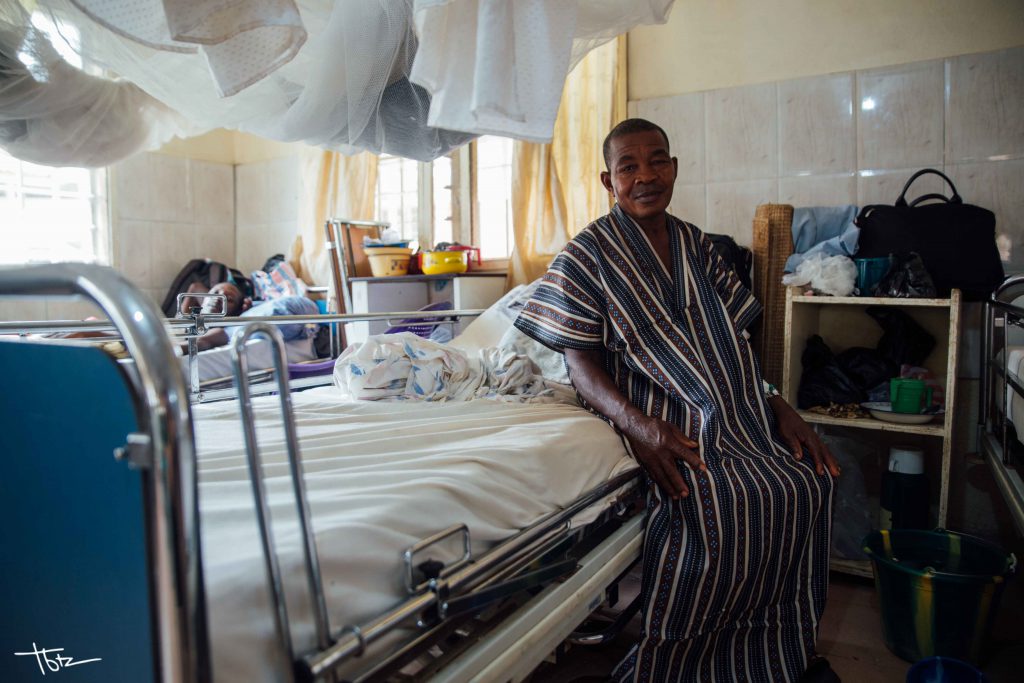Diabetes in Sierra Leone, a non-communicable and lifelong disease which can lead to serious complications, is dramatically on the rise. Sub-Saharan Africa is the hardest-hit region in terms of greatest loss of life from premature death amongst those with diabetes. This is due to cardiovascular disease, kidney failure, blindness and amputation.
Unlike Europe or the US, managing and diagnosing diabetes is extremely difficult in Sierra Leone due to a poor health care system, limited economic resources and a lack of education on the disease. Furthermore, essential insulin and other medications remain widely out of reach, due to their unwarranted cost or the insecure supply chains.
Type 1 diabetes is a disease that affects children and young people, with Type 2 diabetes mostly affecting adults. Type 1 transpires due to the body’s inability to produce insulin in the pancreas, which is responsible for breaking down sugars in the body after eating. Type 2 diabetes is mainly caused by obesity, overweight, poor diet and lack of exercise.
Here at Magbenteh Community Hospital we have seen increasing number of Type 2 cases where we treat patients with metformin and emphasise heavily on diet control. The lack of Type 1 cases is due to the lack of prognosis, the fast speed at which the disease affects the body, the need for close monitoring and lifelong treatment which is very expensive. As a result, the majority of Sierra Leoneans with Type 1 diabetes, die before reaching hospital.
Several reasons have been given for the increase of diabetes in Sierra Leone; poor diet and poor lifestyles, especially among the rich, whose overindulgence in the wrong foods, alcohol, and the daily use of cars and therefore lack of exercise is of critical concern. The Sierra Leonean daily diet, which largely consists of imported rice, could also be contributing to the increase in diabetes as well as the daily use of palm oil.

